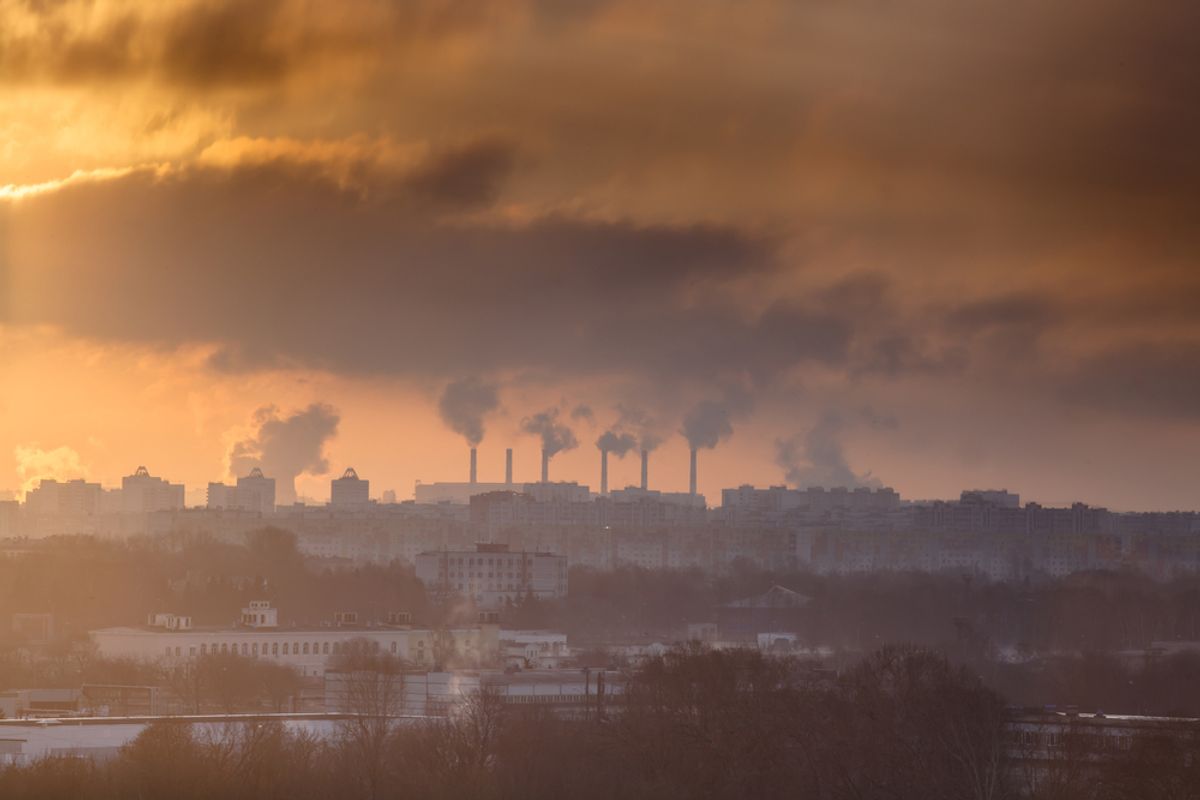According to a new study published by researchers at the Harvard-Smithsonian Center for Astrophysics, to detect alien civilizations on other planets we just need to be looking for industrial pollution.
Chlorofluorocarbons (CFCs), to be precise -- pollutants that, aside from contributing to the hole in the ozone layer, would, at high enough concentrations, be detectable using existing technology. According to the researchers, NASA's James Webb Space Telescope, set to launch in 2018, would, in specific conditions, be up to the task.
Of course, the discovery of another civilization that saturated its atmosphere with dangerous pollutants might not go the way we hope -- the researchers note that some industrial pollutants can remain in detectable for up to 50,000 years in Earth's atmosphere. If the long-lasting pollutants are there but the short-lived ones are gone, well, it could be a sign that these theoretical extraterrestrials wiped themselves out.
It also stands to reason that not all intelligent lifeforms see fit to pollute their atmospheres. "We consider industrial pollution as a sign of intelligent life, but perhaps civilizations more advanced than us, with their own SETI programs, will consider pollution as a sign of unintelligent life since it's not smart to contaminate your own air," said lead author Henry Lin. I know a Twilight Zone episode that says he's being overly optimistic.

Shares